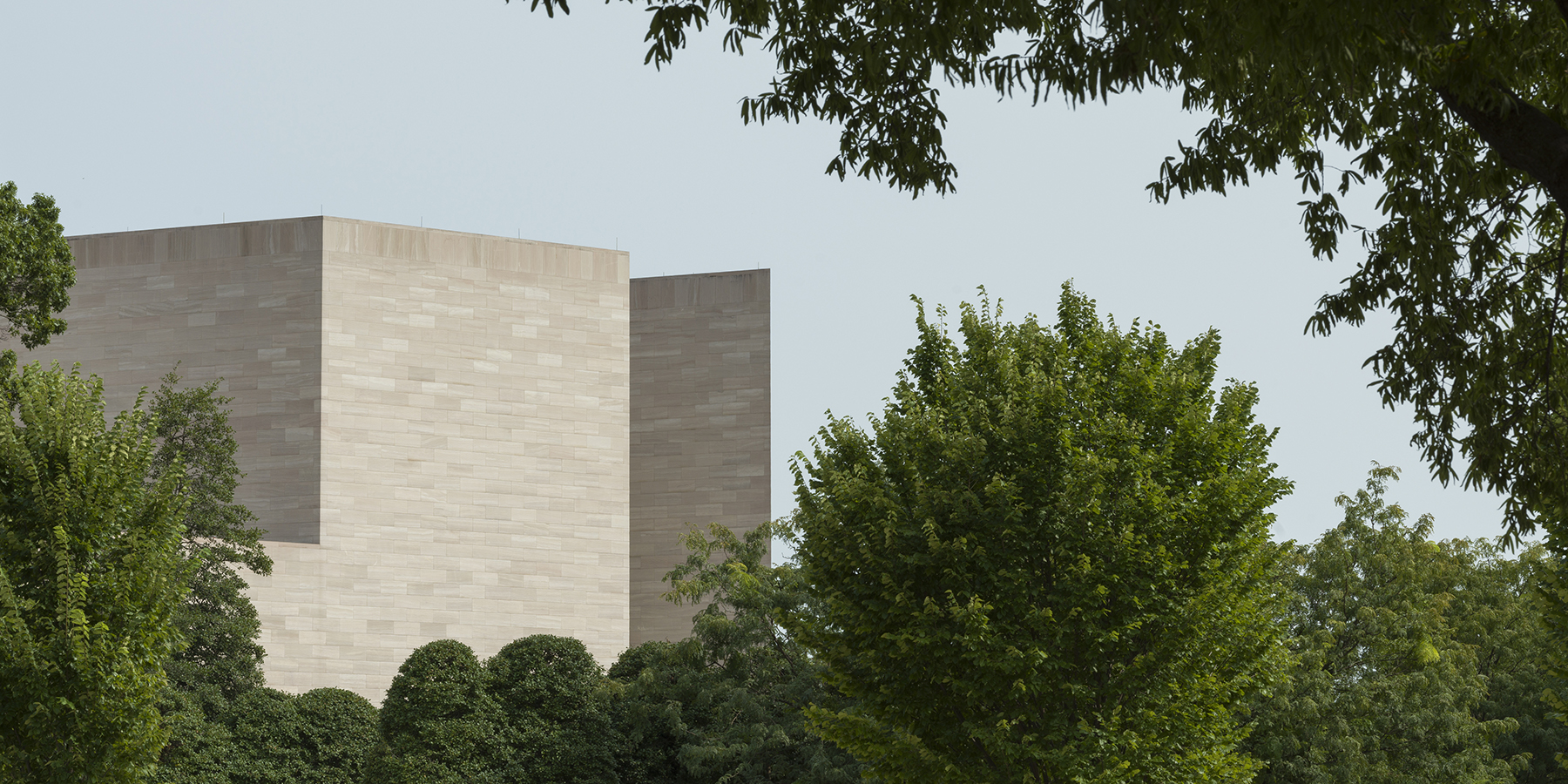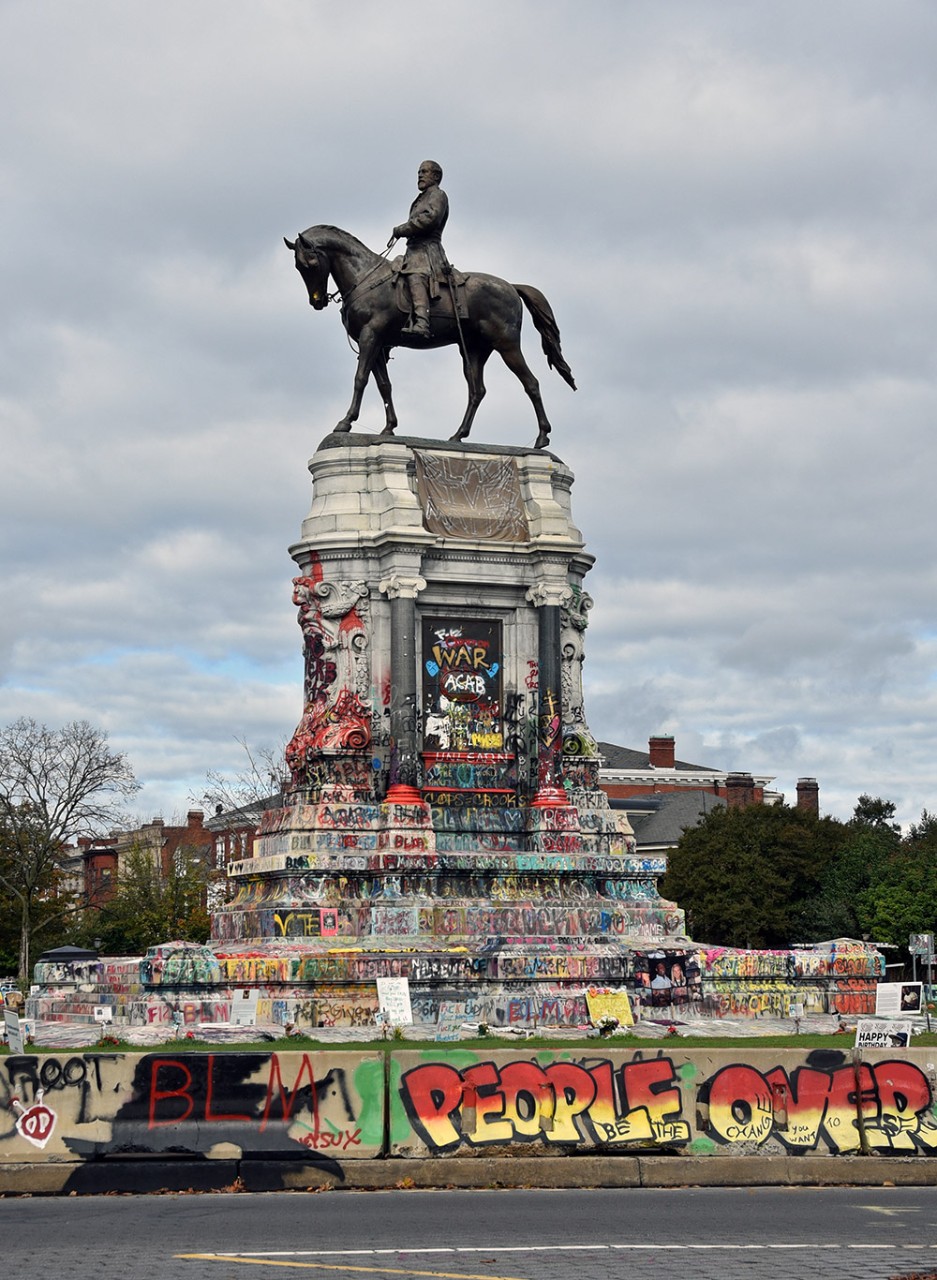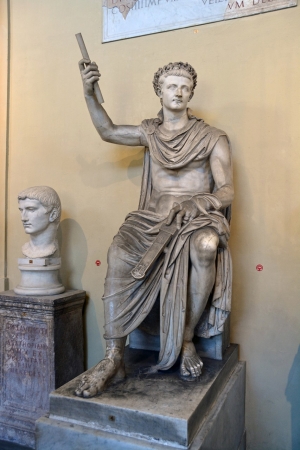At the same time, monuments cannot be understood as discrete objects. They are inflected by their siting and by their relationship to other monuments, current and past. A conspicuous location—visible from a distance; in a forum or public square; adjacent to a palace, courthouse, or other locus of power; near or set apart from other monuments—as well as visual references to past and current monuments implicate individual memorials in collective arguments, albeit fragmentary and lumpy ones, that refer to common ideological and historical positions. Such collective arguments can range from simple affirmations of current sociopolitical structures to more specific interventions in contemporary events. For the classicist Jane Fejfer, for example, ancient Roman honorific statues served collectively to “convince the plebs that Rome and its classical governmental institutions would live on forever.” Early 20th-century Confederate monuments asserted the renewed dominance of white supremacy in the post–Civil War South, while many Fascist monuments in Italy depicted that regime as the legitimate heir to the events and actors of ancient Rome and the Risorgimento. It is the accumulated narrative advanced by monumental landscapes, sensed more often than explicitly recognized, that leads to the wholesale vandalism and destruction of all sorts of monuments—to “good” as well as to “bad” honorees—such as that witnessed in 2020. Both construction and destruction of monuments speak to the shifting grounds of decision-making and political legitimacy in the public realm.
Like sacred images, monuments are born, activated, and nurtured ritually. Typically held on the occasions of dedications and anniversaries, rituals at monuments can also celebrate or renounce real or putative ties with honorees. For example, the wealthy New Orleans merchant and slaveholder John McDonogh (1779–1850) bequeathed money to support public schools for children in the city. His will also required that a monument be erected to him and that the city’s students gather around it annually to sing songs praising him—not, he wrote, because he wanted thanks, but because children needed to learn gratitude. In 1954, 1955, and 1956, local civil rights activists boycotted the ceremony to protest inequality in education. In July 2020, McDonogh’s monument was toppled, a reminder that rituals of destruction are as important as rituals of celebration. In short, monuments also die ritually. Careful attention to motives for protest, modes of vandalism, and techniques of destruction are integral to the study of the lives of monuments.
All of this is to suggest that monuments are rarely as solid and permanent as they appear. They are erected on significant occasions that often have little to do with their ostensible subjects. They are moved from site to site. Attention to them varies over the years. Mostly they are ignored, but at certain meaningful times they return to public attention. In the long run, few enjoy the long, stable lives that their materials and their sponsors envisioned. This fluidity lies at the core of my project.
Kress-Beinecke Professor, 2020–2021
University of California, Los Angeles
Dell Upton will return to his position at the University of California, Los Angeles. His most recent book is American Architecture: A Thematic History (2019).


